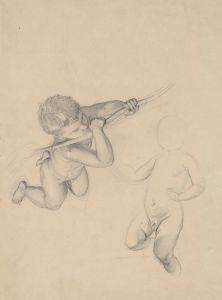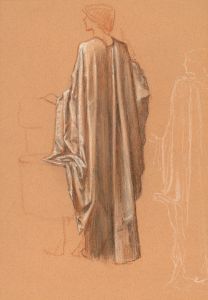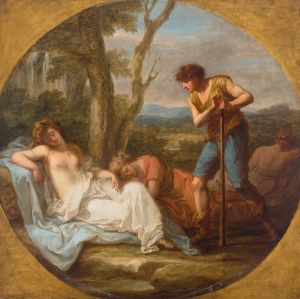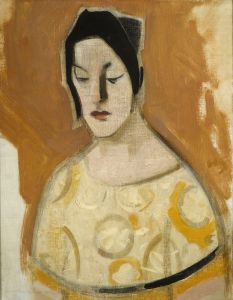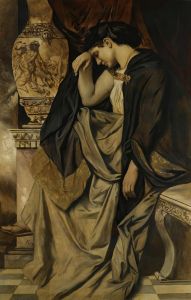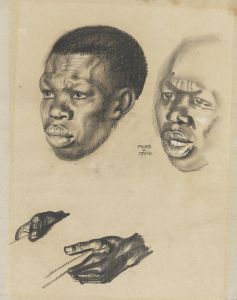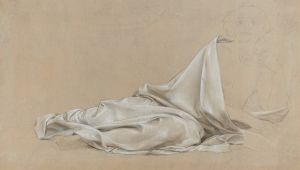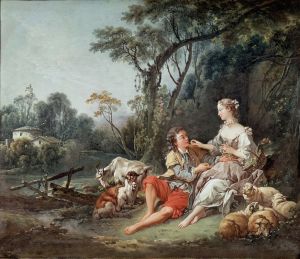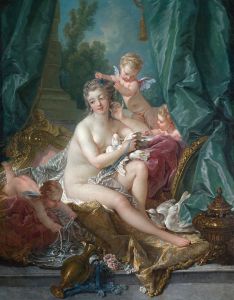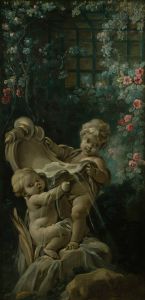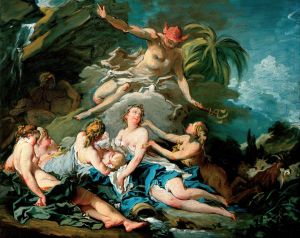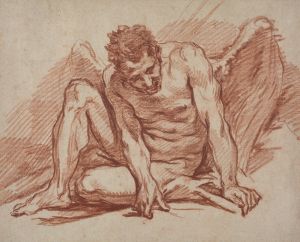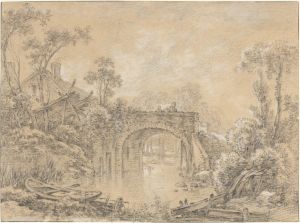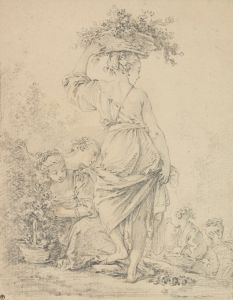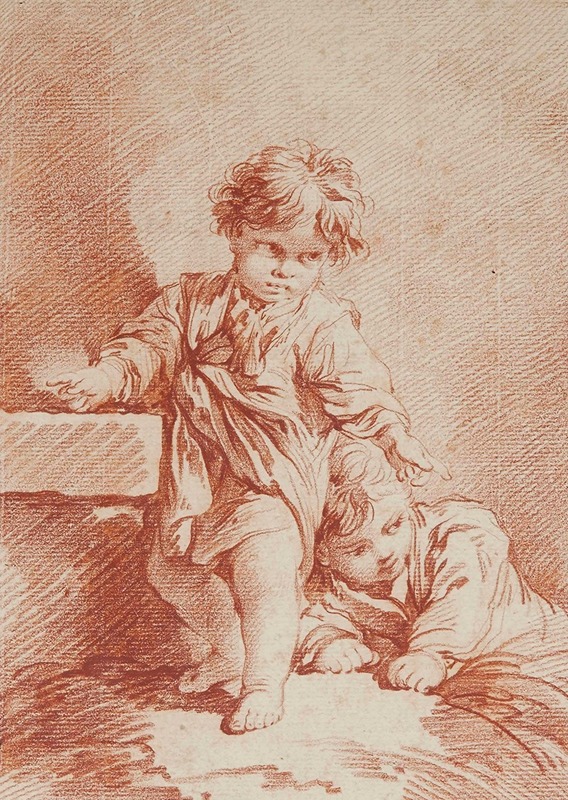
Deux jeunes garçons dont un allongé
A hand-painted replica of François Boucher’s masterpiece Deux jeunes garçons dont un allongé, meticulously crafted by professional artists to capture the true essence of the original. Each piece is created with museum-quality canvas and rare mineral pigments, carefully painted by experienced artists with delicate brushstrokes and rich, layered colors to perfectly recreate the texture of the original artwork. Unlike machine-printed reproductions, this hand-painted version brings the painting to life, infused with the artist’s emotions and skill in every stroke. Whether for personal collection or home decoration, it instantly elevates the artistic atmosphere of any space.
"Deux jeunes garçons dont un allongé" (Two Young Boys, One Reclining) is a painting by the renowned French Rococo artist François Boucher. Boucher, born on September 29, 1703, and died on May 30, 1770, was a prominent figure in 18th-century French art, celebrated for his idyllic and voluptuous paintings that epitomized the Rococo style.
The painting "Deux jeunes garçons dont un allongé" depicts two young boys, one of whom is reclining. The composition is characterized by its delicate and graceful portrayal of the subjects, a hallmark of Boucher's work. The boys are rendered with soft, flowing lines and a gentle color palette, which imbues the scene with a sense of innocence and tranquility.
François Boucher was known for his ability to capture the charm and elegance of his subjects, often infusing his works with a playful and light-hearted spirit. This painting is no exception, as it reflects Boucher's skill in creating intimate and tender moments. The use of light and shadow in the painting enhances the three-dimensionality of the figures, giving them a lifelike presence.
Boucher's career was marked by his association with the French court, particularly with Madame de Pompadour, the official chief mistress of King Louis XV. Madame de Pompadour was a significant patron of the arts and a great admirer of Boucher's work. She commissioned numerous pieces from him, which helped to solidify his reputation as one of the leading artists of his time.
The Rococo style, which Boucher helped to define, is characterized by its ornate and decorative qualities, often featuring themes of love, nature, and mythology. Boucher's paintings frequently included pastoral scenes, mythological subjects, and sensuous depictions of the human form. His work was instrumental in popularizing the Rococo aesthetic, which became synonymous with the elegance and sophistication of the French aristocracy.
"Deux jeunes garçons dont un allongé" exemplifies Boucher's mastery of the Rococo style, with its emphasis on beauty, grace, and delicate detail. The painting's composition and execution reflect Boucher's deep understanding of form and his ability to convey emotion through his art.
Throughout his career, Boucher held several prestigious positions, including the director of the Royal Academy of Painting and Sculpture and the first painter to the king. His influence extended beyond his own work, as he also mentored other artists and contributed to the development of the Rococo movement.
Today, François Boucher's paintings are held in high regard and can be found in major museums and collections around the world. "Deux jeunes garçons dont un allongé" remains a testament to his artistic talent and his contribution to the rich tapestry of 18th-century French art.





